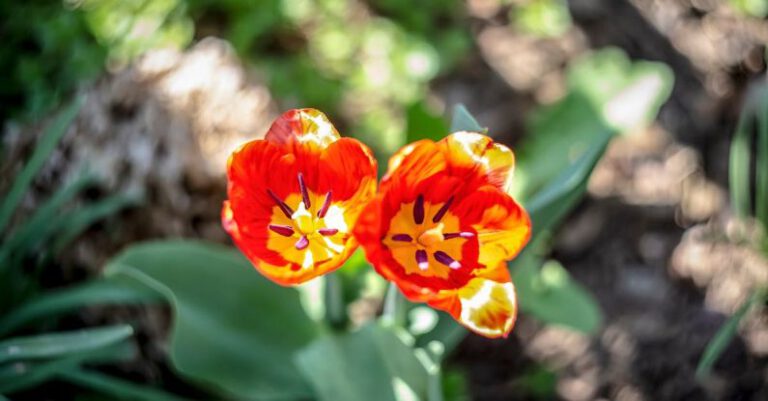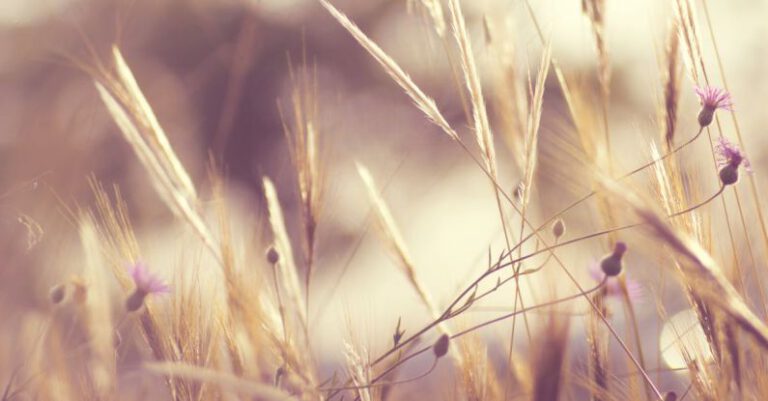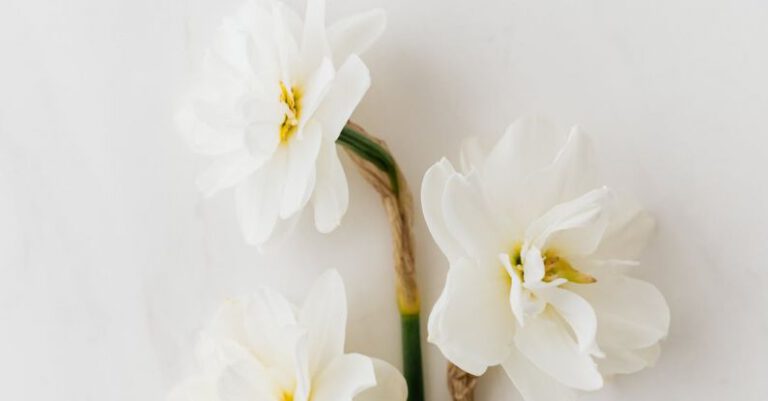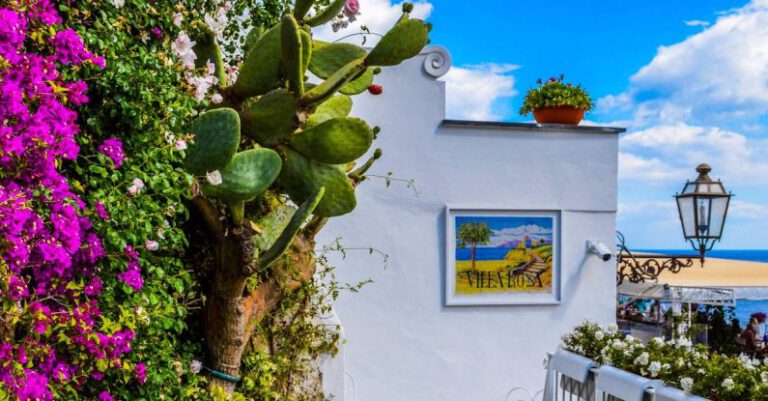What Are the Best Plants for Attracting Wildlife to My Garden?
Creating a wildlife-friendly garden is not only beneficial for the environment but also adds beauty and charm to your outdoor space. By choosing the right plants, you can attract a variety of wildlife, from birds and butterflies to bees and small mammals. In this article, we will explore some of the best plants that can help you create a thriving ecosystem in your garden.
Selecting Native Plants
When it comes to attracting wildlife to your garden, native plants are the way to go. Native plants are those that naturally occur in a specific region and have evolved to thrive in the local climate and soil conditions. Because of this, they require less maintenance and are more likely to attract native wildlife species such as birds, butterflies, and pollinators.
Native plants also provide food and shelter for wildlife, making them an essential element of any wildlife-friendly garden. Some examples of native plants that are great for attracting wildlife include milkweed, coneflowers, goldenrod, and native grasses.
Flowering Plants for Pollinators
Flowering plants are essential for attracting pollinators such as bees, butterflies, and hummingbirds to your garden. These plants provide nectar and pollen, which are vital food sources for pollinators. By including a variety of flowering plants in your garden, you can create a colorful and vibrant space that will attract a wide range of pollinators.
Some popular flowering plants for pollinators include bee balm, lavender, salvia, and butterfly bush. These plants not only attract pollinators but also add beauty and fragrance to your garden.
Trees and Shrubs for Birds
Trees and shrubs are essential for attracting birds to your garden, as they provide nesting sites, shelter, and food sources. By planting a variety of trees and shrubs, you can create a diverse habitat that will attract a wide range of bird species.
Fruit-bearing trees such as cherry, apple, and pear are excellent choices for attracting birds, as they provide a source of food throughout the year. Shrubs such as elderberry, viburnum, and holly also attract birds with their berries and provide cover for nesting and roosting.
Water Features for Wildlife
In addition to plants, water features such as bird baths, ponds, and fountains can also attract wildlife to your garden. Water is essential for wildlife, providing them with a source of hydration and bathing opportunities.
Bird baths are particularly popular with birds, providing them with a place to drink and bathe. Ponds are great for attracting frogs, dragonflies, and other aquatic wildlife, while fountains can attract birds and butterflies with the sound of running water.
Create Habitat Diversity
To attract a wide range of wildlife to your garden, it is essential to create habitat diversity. This means including a variety of plants, trees, shrubs, and water features to provide food, shelter, and nesting sites for different species.
By incorporating a mix of native plants, flowering plants, trees, shrubs, and water features, you can create a thriving ecosystem that will attract a diverse range of wildlife to your garden. Remember to provide shelter such as bird boxes, bat houses, and insect hotels to further enhance the habitat diversity in your garden.
Incorporating these plants and features into your garden will not only attract wildlife but also create a beautiful and sustainable outdoor space that you can enjoy for years to come. By choosing the right plants and creating a diverse habitat, you can make your garden a welcoming haven for birds, butterflies, bees, and other wildlife. So, roll up your sleeves, get planting, and watch as your garden comes to life with the sights and sounds of nature.






